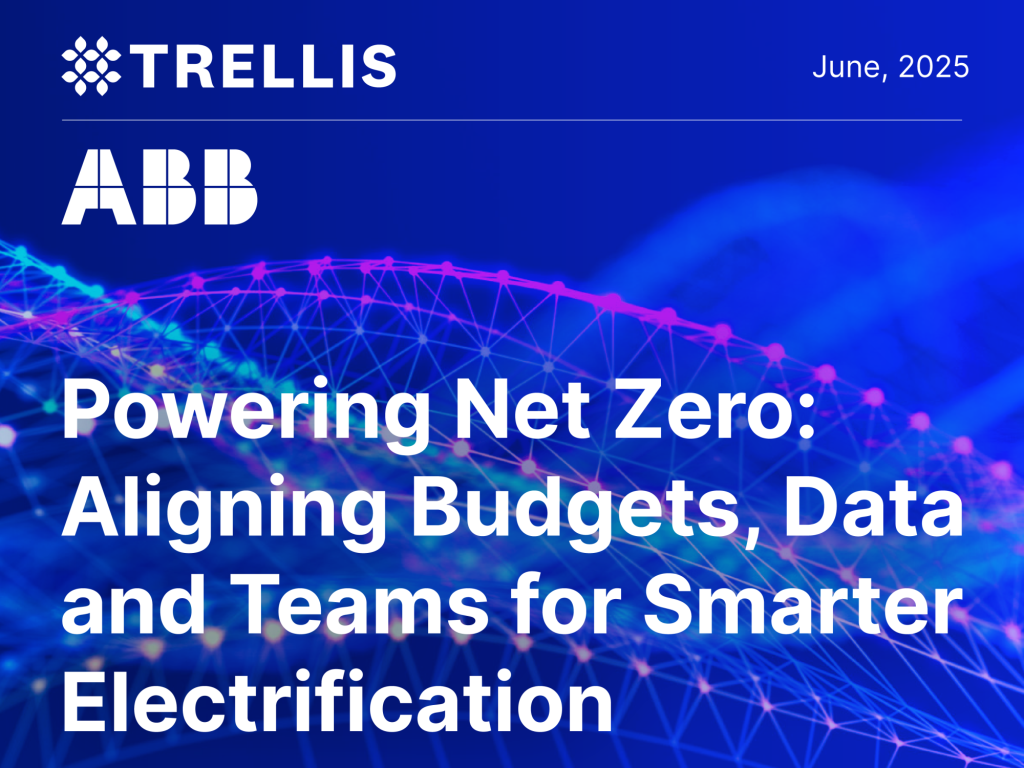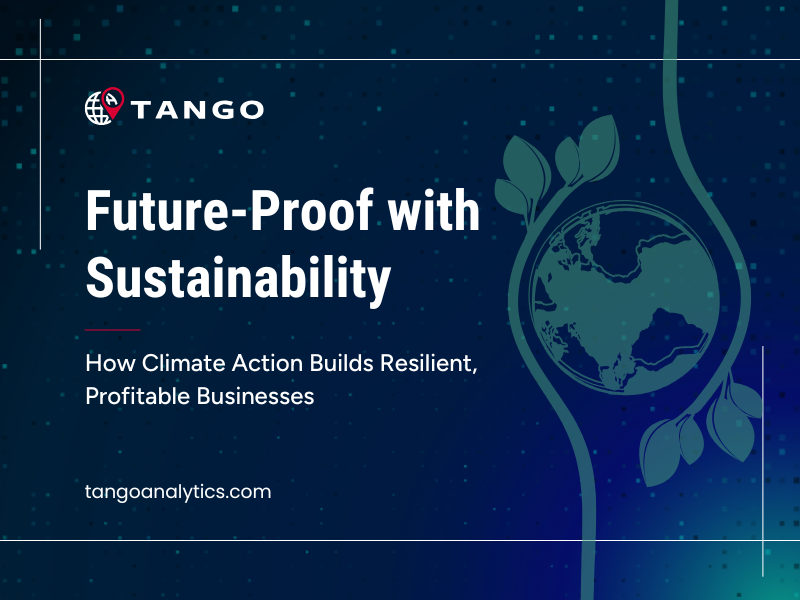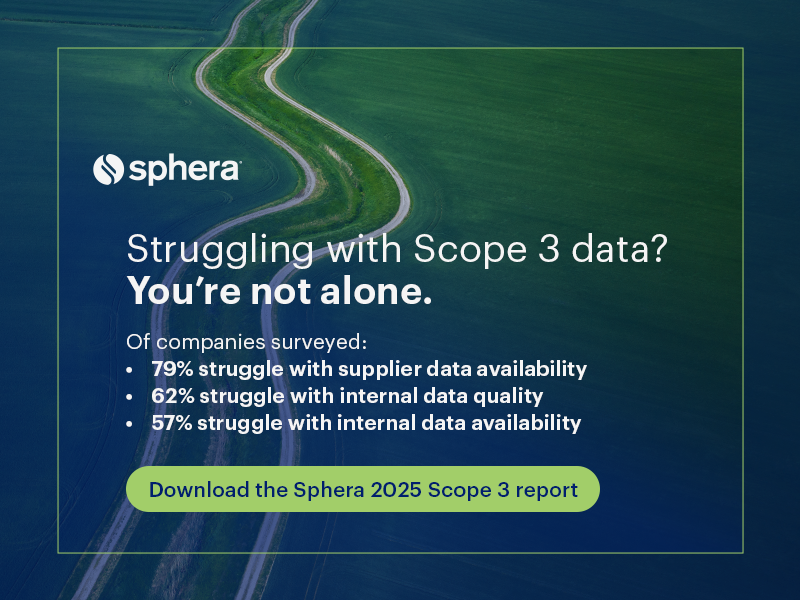Assateague Island National Seashore Renewable Energy and Energy Efficiency
512 sq ft (47.6 sq meters)
300 sq ft (27.9 sq meters)
256 sq ft (23.8 sq meters)
2,060 sq ft (191 sq meters)
288 sq ft (26.8 sq meters)
Although the project is ongoing, the Sustainable Bathhouse portion of the project was completed in June 2002. As the dynamic barrier-island landform continues its westward migration, the arrangement of the roads, parking lots, and bathhouses will be reconfigured accordingly. In that sense, this project has no completion date.
Thirty-seven miles long, Assateague Island National Seashore covers more than 18,000 acres in the states of Maryland and Virginia. This barrier island is constantly evolving and has moved a quarter mile inland since 1866. Though the park maintains three visitor centers, it has no overnight lodging facilities other than campgrounds.
Environmental Aspects
Greening actions at Assateague include using photovoltaic and geothermal power, implementing energy-efficiency measures, using sustainable materials and practices, encouraging habitat restoration, and becoming involved in regional ecotourism planning.
The objective was to develop mobile, cost-effective, environmentally sensitive roadways, parking lots, bathhouses, and visitor contact facilities to serve visitors. The solution includes lightweight cabana structures and prefabricated, passively ventilated vault toilets that can be removed quickly from the beach during pre-storm evacuations. Photovoltaic panels are installed on easily transportable trailers to provide solar-powered rinse showers. Crushed clamshells were used to pave roadways and parking lots. Most of the unsightly overhead utility lines have been removed, and wayside exhibits tell the story of this project to visitors.
This project may serve as a model of sustainable architecture that other Park Service units can emulate. The ultimate hope for these endeavors is that this knowledge is introduced, embraced, and incorporated into the lives, homes, and activities of two million annual visitors after they leave the national seashore.
Owner & Occupancy









